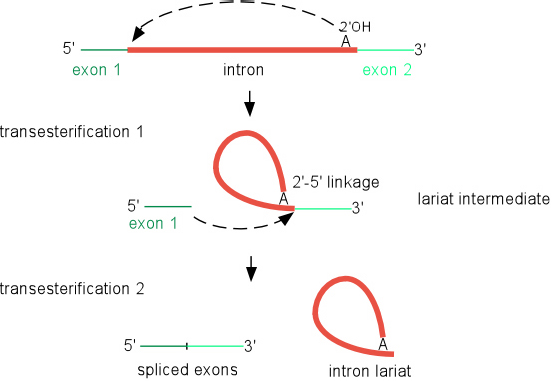
I hope you enjoyed this JavaScript article and best of luck on your developer journey. Here is the basic syntax: splice(start, optional delete count, optional items to add) The slice and splice array methods might seem similar to each other, but there are a few key differences. This is what our array looks like now: const food = Since salad is at index 2 then it will be removed from the array. The number 2 is the start position and the number 1 represents the delete count. We can use the start and delete parameters to accomplish this. In this next example, we want to remove "salad" from the array. If we console.log(food.splice(1,0,"burrito")), then we would get back an empty array because nothing was removed from our array. This is what the result would look like in the console. Since we are not deleting any items, our delete count is zero. The first number is the starting index, and the second number is the delete count. Reaction on the MovieSPLICEThe story of Splice is about Clive Nicoli and his partnerElsa Kast who are geneticists, researching new ways of using cell. If we wanted to add another food item to the array at index 1, then we can use the following code: food.splice(1,0,"burrito") In this example, we have an array of food items. splice(start, optional delete count, optional items to add) If nothing was removed from the array, then the return value will just be an empty array. The splice() method is used to add or remove elements of an existing array and the return value will be the removed items from the array. Unlike the slice() method, the splice() method will change the contents of the original array.
#Splice react how to#
const cities = Ĭonst newCityArr = cities.slice(2,4) How to use the splice() JavaScript array method The new returned array will only include the cities at index 2 and 3 because the end position is not included in the extracted elements. In this example, we have specified a start index of 2 and end index of 4. The end position will not be included in the extracted elements for the new array. If an end position is specified, then the slice() method will extract elements from the start position up to the end position. const newCityArr = cities.slice(5) How to use the slice() JavaScript method using the start and end parameters If the start parameter is greater than the last index of the array, then an empty array will be returned. In this example, we will set the start position at -2 which will select the last two cities in the array and return them in a new array. You can also use negative indexes which will start extracting elements from the end of the array. The original array was not modified as we can see here in this example. In this example, we will set the start position at index 2 which will select the last three cities in the array and return them in a new array. It is important to remember that arrays are zero based indexed. You can use the optional start parameter to set a starting position for selecting elements from the array. , itemX) Parameters Return Value An array containing the removed items (if any). The splice () method overwrites the original array. How to use the slice() JavaScript method using the start parameter Description The splice () method adds and/or removes array elements. When I console.log the result, then I will see all of the elements from my cities array copied into this new array. I can use the slice() method to create a shallow copy of that array. Syntax: slice (): arrayname.slice (s, e) splice (): arrayname.splice (i, n, item 1, item 2. There are various differences between them which are listed in the table below.

The methods slice () and splice () are widely used methods for array manipulations. You need to set the state on the updated array, not on what splice returns. There are many methods associated with these arrays.

However, splice will change the contents of the array it's called on. If no elements were removed, splice will return an empty array. In this first example, I have created a list of cities from around the world. splice () returns an array of elements that have been removed from the array. How to use the slice() JavaScript method without the start and end parameters Let's take a look at some examples to better understand how the slice() method works. Here is the basic syntax: slice(optional start parameter, optional end parameter) It is important to note that the slice() method does not alter the original array but instead creates a shallow copy. The slice() method can be used to create a copy of an array or return a portion of an array. How to use the slice() JavaScript array method
#Splice react code#
In this article, I will walk you through how to use the slice() and splice() array methods using code examples. Npm: 6.9.0 - C:\Program Files\nodejs\npm.CMDĪndroid Studio: Version 3.4.0.0 you are first learning JavaScript, it might be difficult to know the difference between the slice() and splice() array methods. Yarn: 1.17.3 - C:\Users\USER\AppData\Roaming\npm\yarn.CMD Node: 10.16.3 - C:\Program Files\nodejs\node.EXE


 0 kommentar(er)
0 kommentar(er)
